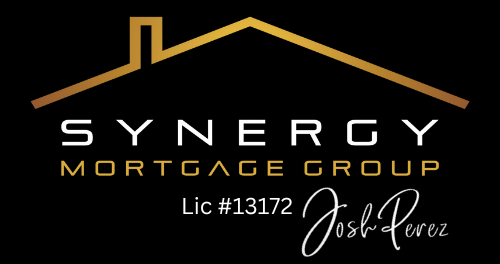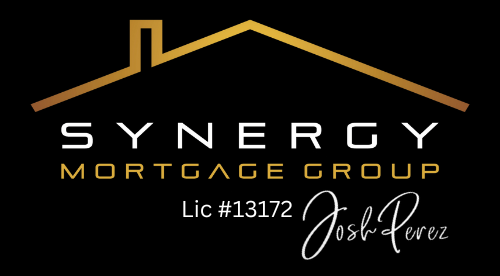Unlocking the Door to Real Estate Success: It All Starts With One
If there’s one thing I’ve learned in the world of real estate, it’s this: it all starts with one. Your first investment property. Your first big decision. Your first leap of faith.
As highlighted in my recent conversation on the @brokersplaybook Podcast, the journey into real estate doesn’t begin with a massive portfolio or decades of experience. It starts with your “why.”
"The first investment property often opens the floodgates—boosting your confidence, growing your risk appetite, and unlocking relationships and resources you never knew you had. It all starts with one and discovering your why."
Start With Your Why
Before you dive into your first property, take a step back and ask yourself: Why am I doing this? Whether your goal is financial freedom, securing your retirement, or building generational wealth, your purpose will shape your decisions and keep you grounded when challenges arise.
As my host pointed out, your “why” also helps define your strategy and the team you need to assemble to make your vision a reality.
The Confidence of Taking That First Step
That first property is about more than just the numbers—it’s a game-changer for your mindset. It unlocks your confidence, expands your risk tolerance, and sharpens your skills. It also introduces you to the relationships, resources, and systems you’ll need to succeed.
Owning your first investment property is where theory meets practice. Managing your own balance sheet, income, and expenses turns hypothetical plans into real-world experience. That’s when you start to understand what works, what doesn’t, and how to improve.
As I shared on the podcast:
"That first property or project often opens the floodgates of confidence, your risk appetite, your skill set, and relationships with people and resources that can help you."
It’s About Progress, Not Perfection
Real estate success isn’t about reaching an arbitrary number of properties. Whether you aim for 10, 30, or 150 properties, every journey begins the same way—with one.
Don’t let analysis paralysis or fear of imperfection stop you. Each step forward builds momentum, and each property teaches you something new.
Build Your Power Team
No one succeeds in real estate alone. Your team is essential. From mortgage brokers and real estate agents to contractors and financial advisors, surrounding yourself with experts who align with your goals can make all the difference.
The right team will help you navigate challenges, uncover opportunities, and stay focused on your bigger picture.
Ready to Take the Leap?
Your first investment property isn’t just a milestone; it’s a foundation. It’s where you learn, grow, and build the confidence to expand your portfolio.
As I often say, you can talk about investing, hear examples, and learn from others—but managing your own property is where the real lessons begin.
So, what’s holding you back? The journey to real estate success starts with one. Let’s make it happen.





